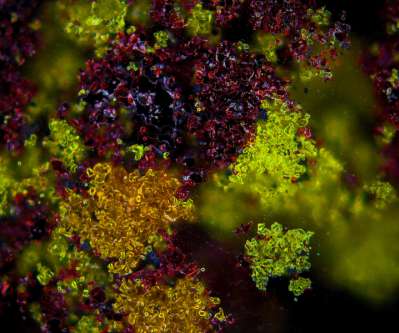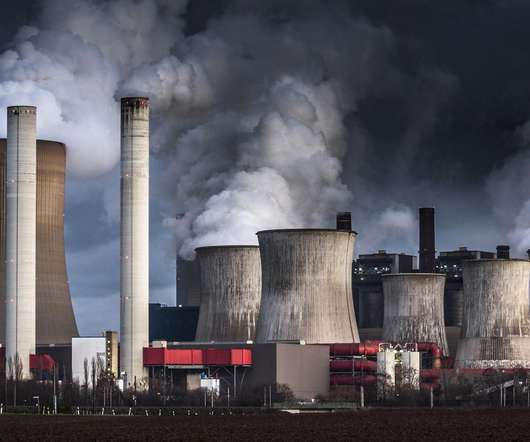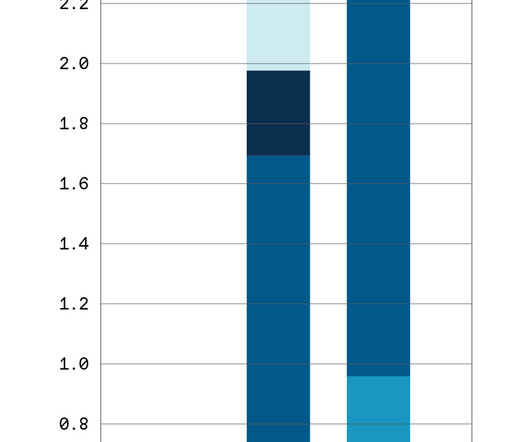New catalyst improves conversion of CO2 to syngas
Green Car Congress
JULY 30, 2014
Researchers from the University of Illinois at Chicago (UIC) have identified molybdenum disulfide as a promising cost-effective substitute for noble metal catalysts for the electrochemical reduction of carbon dioxide. In other chemical-reduction systems, the only reaction product is carbon monoxide. —Mohammad Asadi.






































Let's personalize your content